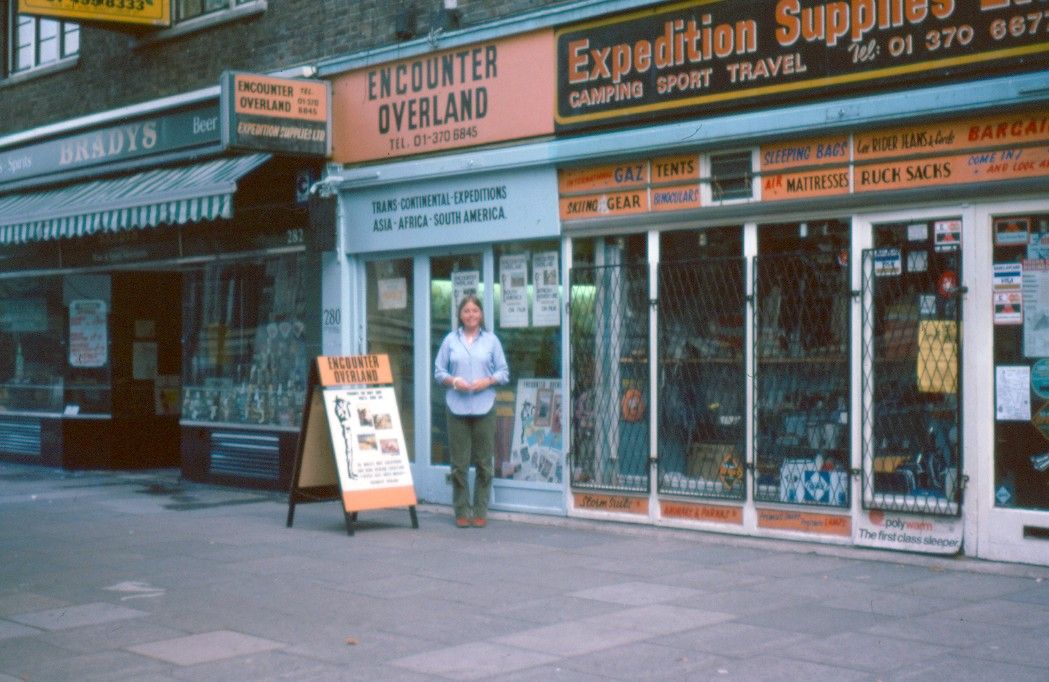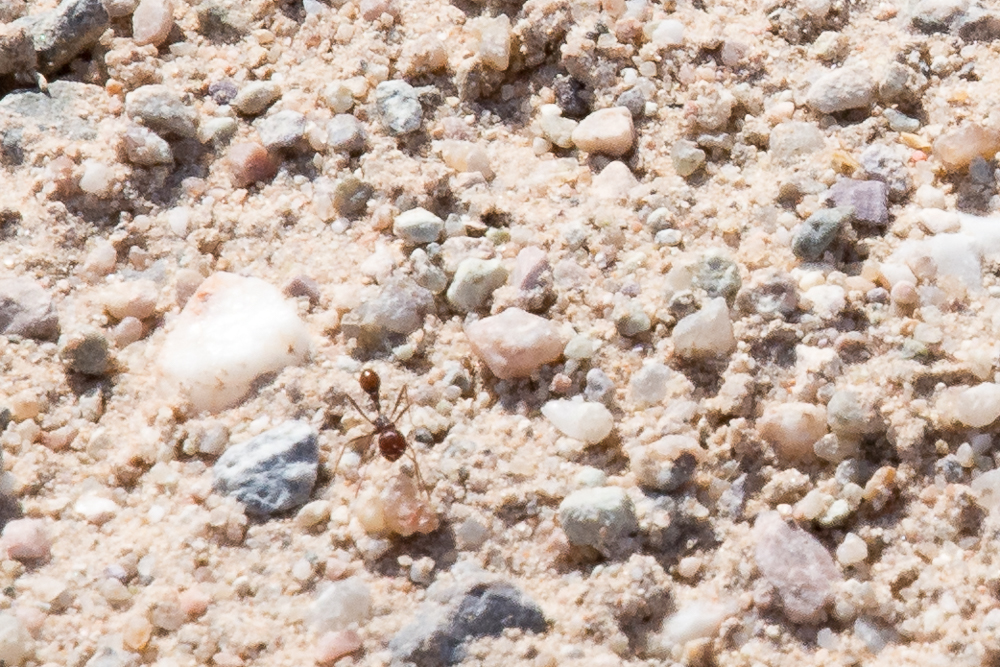Photo location
Where did I take this photo? I can see the subject of the photo in the image. What date and time did I take the photo?
Different techniques are required depending on the source of the image.
Print, Negative, and Slide
Print, Negative, and Slide
To try to GeoTag or GeoLocate a photograph from print, negative (Film), or slide is the most difficult and time consuming of the sources of photos, or mediums, I have listed.
Hopefully there is a collection of the photos with an idea of the order. This may be more problematic for individual prints than negatives or slides.
The process requires a lot of luck and patience. I recall one photo took over a decade from when I started looking for a matching set of objects on a map of Italy until I found a fit, near Naples.
 The photo whose location eluded me for so long, primarily because I was looking along the coast of Northern Italy, instead of Southern ItalyAre there any clues on the photos, such as when the slides were processed? Or notes on the back of prints?
The photo whose location eluded me for so long, primarily because I was looking along the coast of Northern Italy, instead of Southern ItalyAre there any clues on the photos, such as when the slides were processed? Or notes on the back of prints?
An assumption now is that you will scan the images to create digital copies. This is not a quick process if you want to maintain, or in some instances, improve the image quality. However, don't crop at scanning stage.
Do you remember which country you were in? Are there any people in the photos that you still know, who may be able to remember something about them?
Looking through the images, is there somewhere that you recognise, or is recognisable? On one photo, an image of a place in D'Janet, which I could not locate, I reached out to a local tour guide on the internet. He recognised the place on the hill straight away. Ksar El Mihane. From that I could place exactly where the photo was taken from. However, not everyone responds to such requests.
If you find one place that you recognise, and that with the use of maps, satellite images, and street views, you can approximate the location, you can then hone that position within GeoSetter. See my article on GeoSetter.
That is a start. Fortunately, I tend to take a lot of photos, so it is very unlikely for a roll of film to have two Christmas, and Easter, and a few birthdays recorded on it. Or even a winter and summer.
Do the photos have a pattern of time of day discernable on them? Especially sunrise and sunset. Can the photos therefore be approximately grouped into seperate days?
From the recognisable photo and place, can you establish a date when you were in that location?
Were the other photos nearby?
Repeat the process, looking for another photo that can be positioned. If you are lucky enough to find two photos which can give up their locations, then probably all the photos between the two photos were also taken physically between the two places.
From the lighting inspection, are the photos between the two with established GeoLocated photos on the same day or over several days?
Now comes the hard slog. Looking at each photo in turn, is there anything in the image which may help identify it compared to maps, satellite images, and street views? A particular building, rock formation, or mountain, etc.
Yes, hone in again. Check the results. Go to GeoSetter, and check again, and if reasonably confident, save the GeoLocation to file.
Repeat. Again and again. Each time reducing the number of images between the photos whose location has been established. If the evidence points to one of the places as being incorrect, then change it.
Over time a large proportion of the images may have a location attached to them. Remaining images have approximate locations based on the known locations.
Once you have a probable location you can search the internet for that location to see if anyone has also posted a photo of a similar view?
 Google Streetview Salerno, the confirmation of location. The viaducts provide a very distinctive view. I thought it would be an easy find, if only I was looking in the right place.
Google Streetview Salerno, the confirmation of location. The viaducts provide a very distinctive view. I thought it would be an easy find, if only I was looking in the right place.
The above only works with landscape type photos. A photo of a plate of food, however interesting, will not reveal, its location, unless the plate has the restaurant name on it, or something similar. However, a nearby landscape photo, that has an established location, may help jog memories, to establish where you ate that day, allowing GeoLocation of the photo of the plate of food. Just an example, there are many other applicable subjects.
Another possibility, which I have yet to try, is to ask Google if there are any similar images on the internet? Are those other photos that Google found, GeoTagged or annotated? That may find similar photos posted on the internet, one of which may identify the location.
Some photo locations may be found this way but I expect there will be a lot that never get fully resolved.
Digital without GPS
Digital without GPS
Here I will make an assumption that a digital photo has a date and time stamp. In much the same way I made an assumption above that the film camera did not have a data back.
That takes the guesswork out of when the photo was taken. So where were you that month, week, day?
The order of the photos is also established. Which is also helpful.
Another significant difference between film and digital cameras, is that the medium tends to influence how many photos are taken, and therefore, when travelling, the time and distance between them. With digital you are not limited to 36 or 24 images to a roll of film. With each roll being something else to carry with you, both before and after exposure. Storage conditions and space can be a problem, and not everywhere is a good place to buy new or post used off to be processed. The logistics for digital are much easier, which gives rise to many more photos being taken. Additionally, in this respect digital is a lot less expensive.
Unfortunately, after that it is a repeat of the above in Print, Negative and Slide. A long slog.
Unless you have a GPS Data Logger of some sort. A device which has recorded a track of your position at regular intervals. I have used a number of such devices including i-GotU, Garmin Geko, and Memory Map Adventurer 2800.
I do have later models of GPS devices but by then I was using digital cameras with GPS on or inbuilt.
An example of a GPS track for a Bay of Biscay Whale Watching Trip, loaded into Google My Maps.
This process is so much simpler.
Take the memory card out of the camera and import the selected photos for one photoshoot into Adobe Lightroom, and file them into the NAS. The photos are therefore available. Open GeoSetter and select the directory where the photos are stored. Load the GPS track and synchronise the times of the photos to that of the track. There you have it, GeoLocated photos. Save changes. Then you can go through each photo to add angle of view if you want to. More about all of this in my GeoSetter article.
Digital with GPS
Digital with GPS
Easy peasy.
Take the memory card out of the camera and import the selected photos for one photoshoot into Adobe Lightroom, and file them into the NAS. That is the extent of it. The photos already have all the information they need to place on a map.
There are perhaps a few exceptions. More for a GPS device fitted on the hot-shoe of a camera, than in-built GPS, but not exclusively. Perhaps there was something in the moment, that just needed the instant photo. Before the GPS had located its satellites. I try to always take another photo from the same location after the GPS is live, even if the subject has left. Just copy the later GPS data to the former photo(s).
Well all this seems a lot of effort, just to find the location of a photo.
The location helps write the stories, helps fill in the maps of journeys past, and most importantly helps pull back the memories of that time.










